Are you facing the challenge of editingand cuttingyour own videos? Maybe you have already made some initial recordings and want to present your content professionally. In the following tutorial, you will learn stepbystephow to edit your videos while taking both visual and acoustic aspects into account. We will focus on using the free software DaVinci Resolve, which provides you with the necessary tools to achieve high-quality results even without prior experience.
Key Insights
- The quality of the recordings is crucial for a good end product
- The right organization and structure is key to working efficiently
- Music and sound are just as important as the visuals
- Simple, dynamic editing leads to engaging videos
- Effective color grading and proper sound editing significantly contribute to the end result
Step-by-Step Guide
1. Preparation
Before you start editing, make sure you have high-quality footage available. This includes a well-planned storyline as well as proper lighting during the recordings. Remember: The better the initial quality, the less effort you'll have when cutting. Make sure to film your videos in suitable lighting.

2. Organizing Materials
Now it's time to organize your media. Import all the videos you want to use into your project in DaVinci Resolve. Ensure you have a clear overview by categorizing your clips into different sections, such as "A-Roll" (the parts where you speak) and "B-Roll" (supporting clips). This will greatly ease the editing process later on.
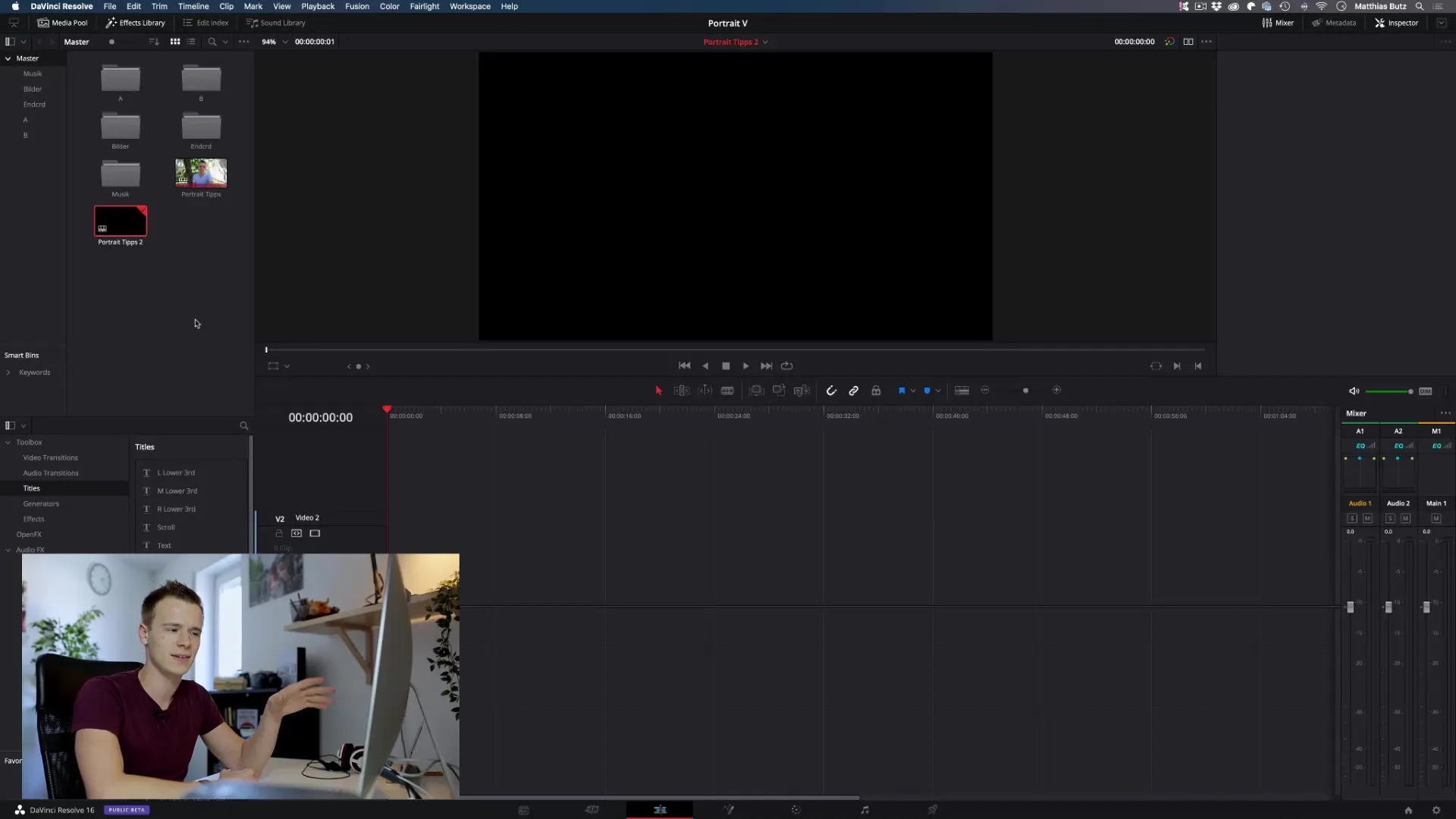
3. Adding Music
Start by importing the music you want to use in your video. Ensure the beats of the music align with your visual transitions. It makes a significant difference when cuts harmonize with the specific rhythmic changes of the music. Use the "Cutting Tool" in DaVinci Resolve to set specific sections of the music.
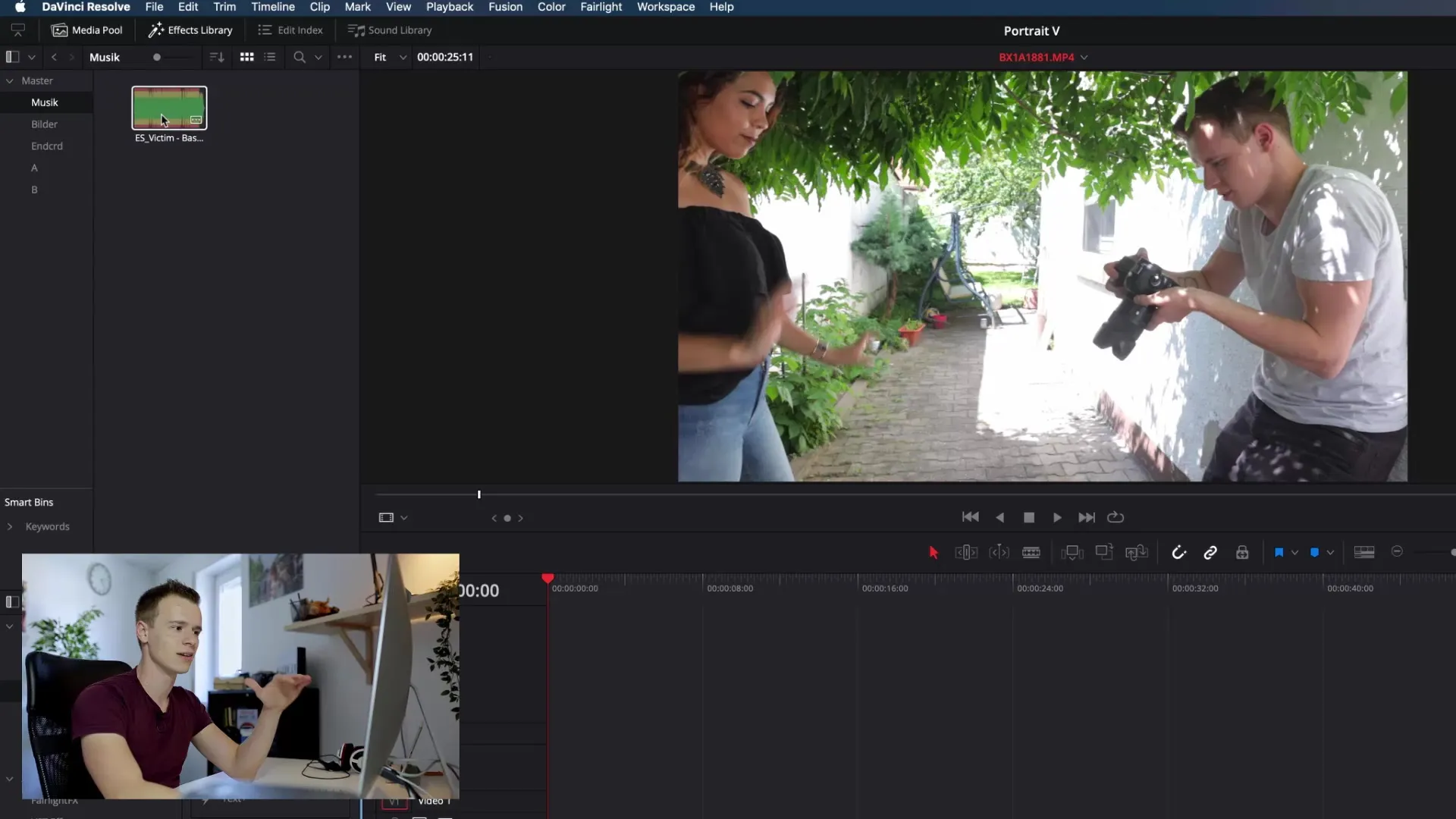
4. Cutting Clips
Use the "In-Point" and "Out-Point" functions to accurately select your video sections. When you drag a clip onto the timeline, ensure it's not only of good quality but also fits well within the overall flow of the video. This is also the moment to adjust your clip selections based on their length and how they interact with the music.
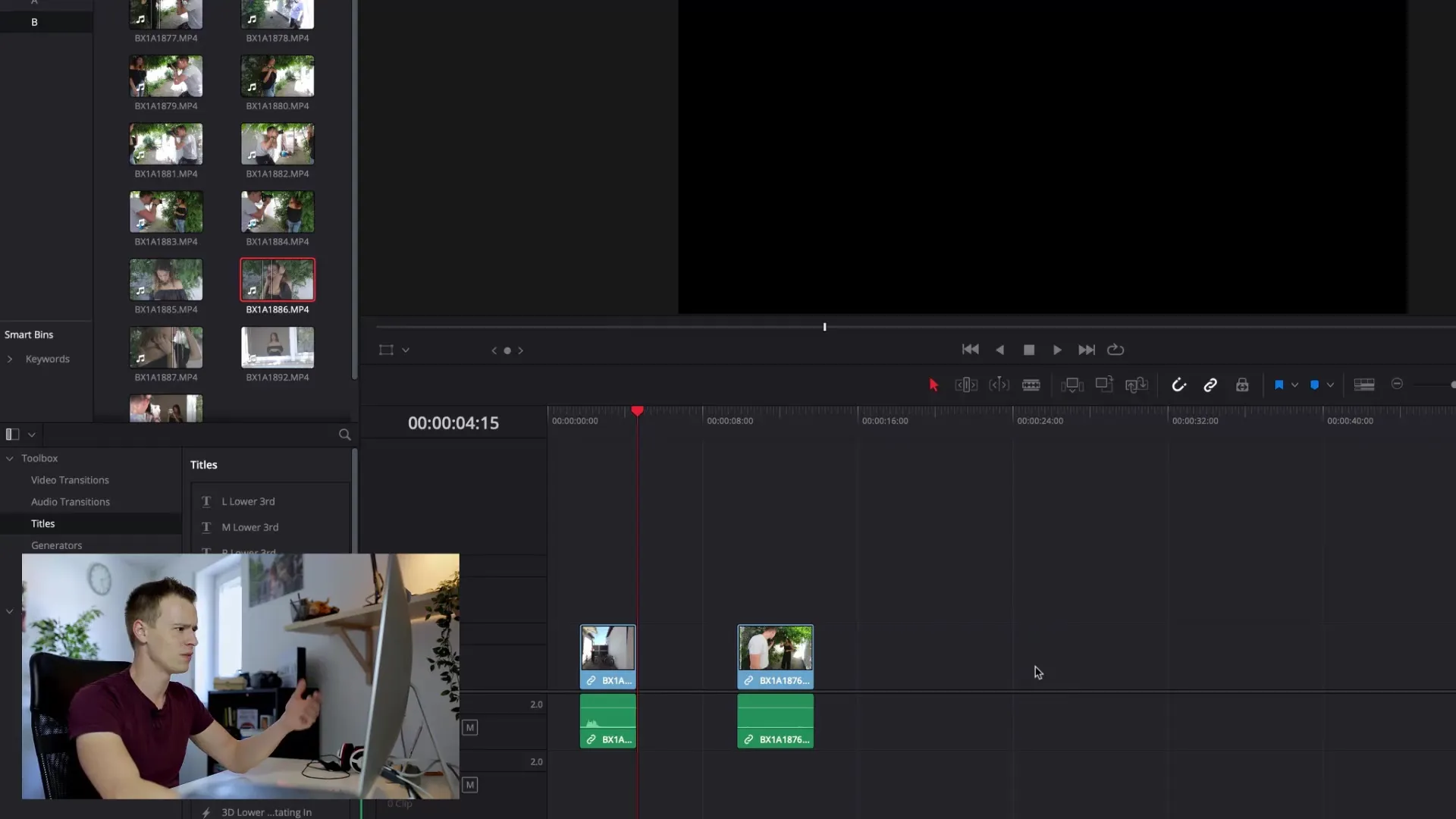
5. Dynamics with B-Roll
An interesting edit often emerges through the use of B-Roll. These supporting clips make your video visually more appealing and help to highlight key points. You can insert B-Roll before, during, or after the main clips to add more dynamics to your video.
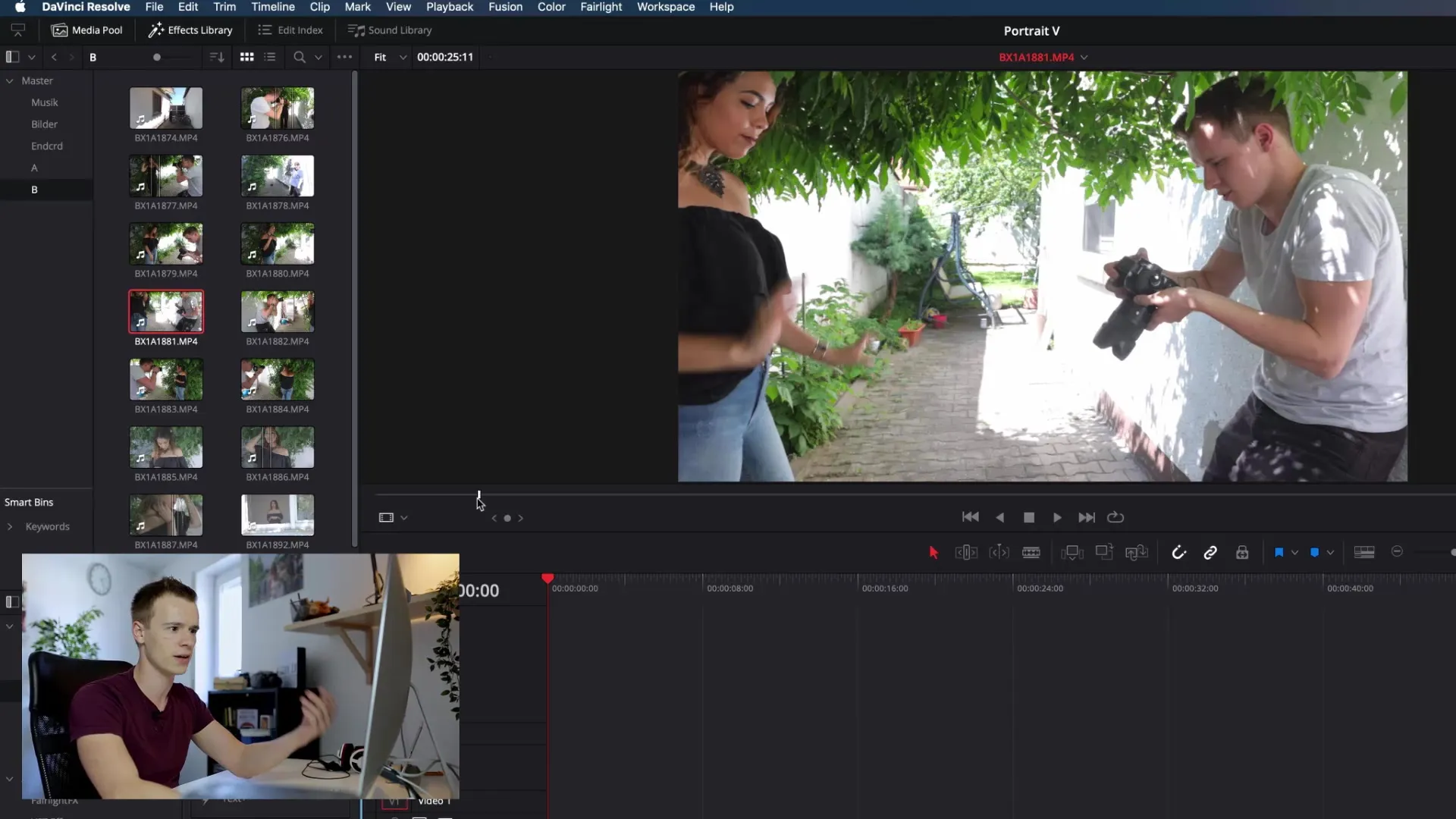
6. Editing Audio
Now the audio becomes important. Don't forget to optimize the sound in your recordings as well. Use headphones to ensure the sound is as clear and professional as possible. In DaVinci Resolve, you can use the equalizer to adjust sounds accordingly.
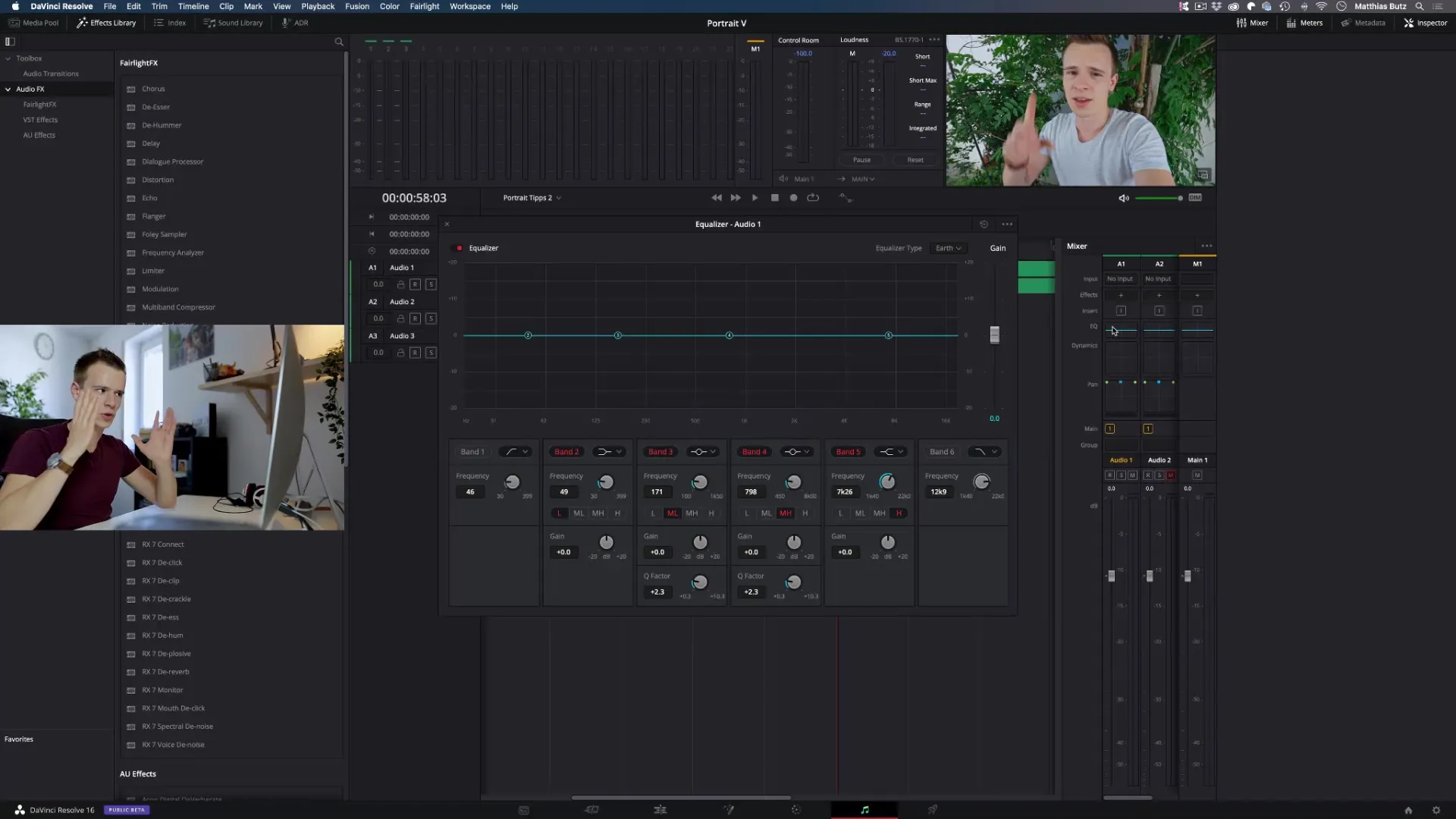
7. Color Grading
The final touches should include natural color grading. This gives your video a professional look. Adjust contrast, saturation, and temperature as needed. Be careful not to overdo the sliders; a good image often results from subtle adjustments.
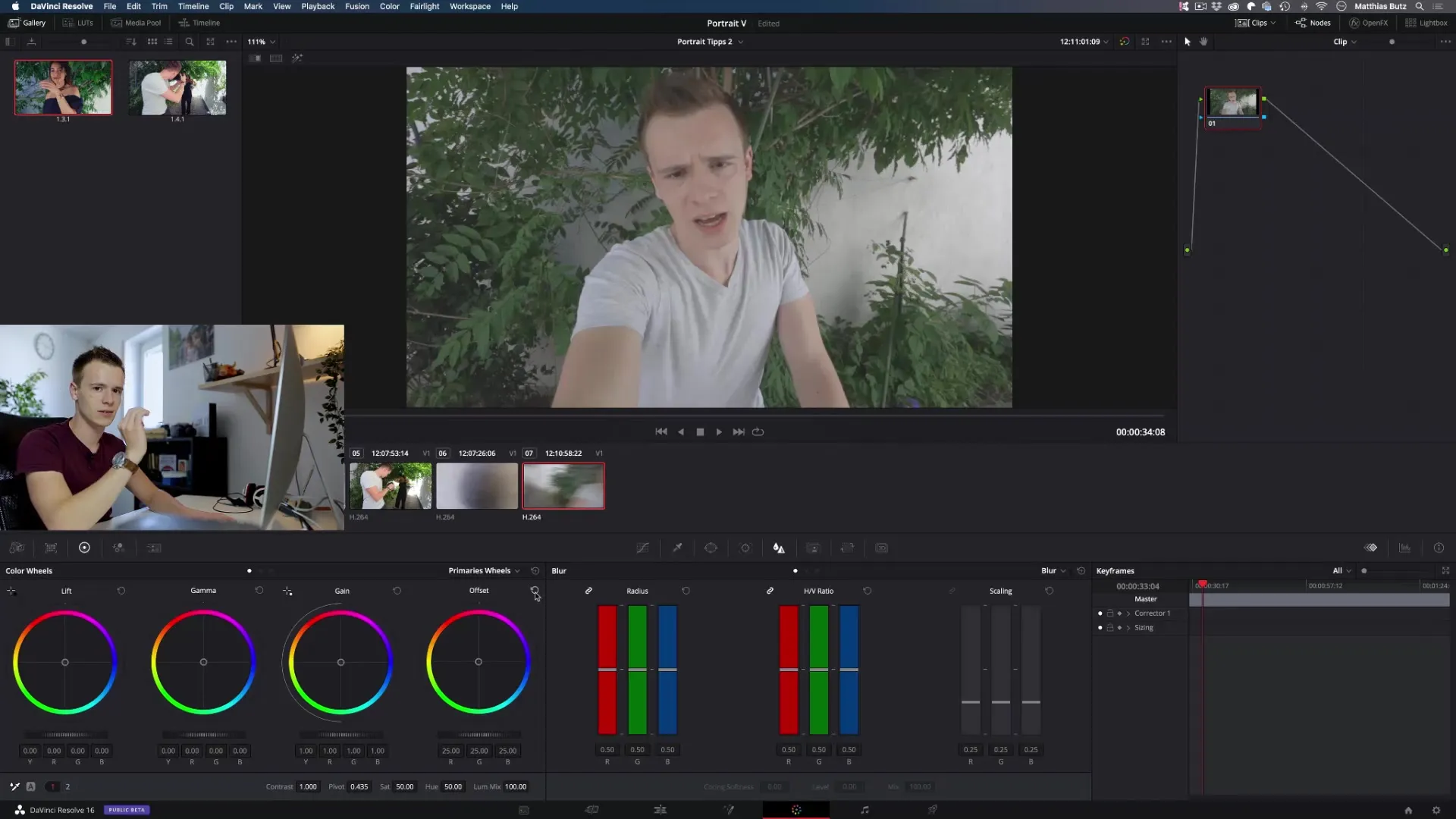
8. Export and Publication
Once everything is edited, it's time to export. DaVinci Resolve offers a convenient preset for YouTube, making your life easier. Optimize the bitrate and format so your video can be published in the best quality without being unnecessarily large.
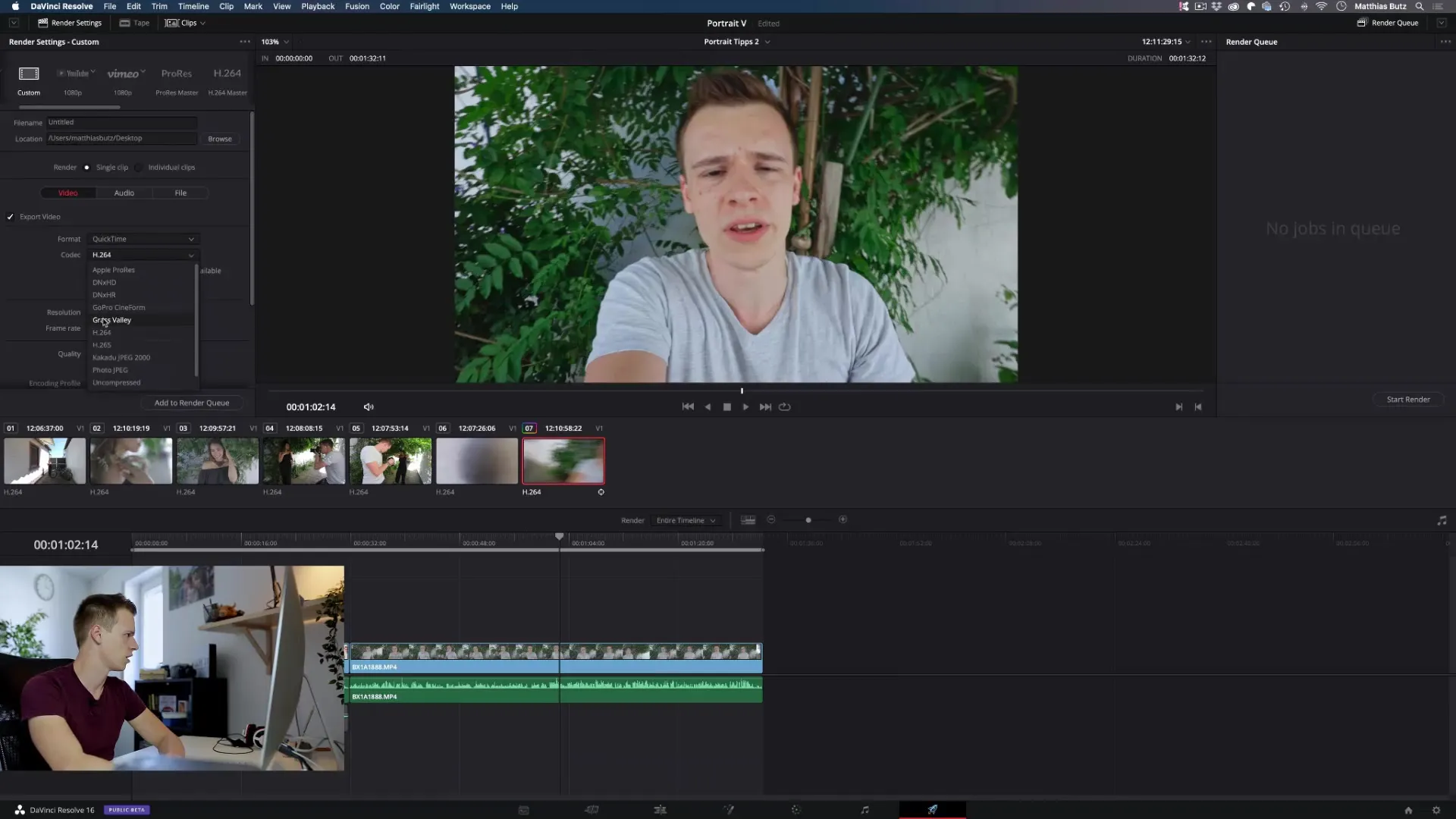
Summary – Effectively Cutting and Editing Videos
Editing and cutting videos can be a real challenge. However, with the right preparation, a clear structure, and the use of suitable software like DaVinci Resolve, you can achieve impressive results. Remember that both audio and visual elements go hand in hand to create a cohesive overall picture.
FAQ
How do I start with video editing?Start by planning your storyline and ensure that the footage is of high quality.
Which program is suitable for video editing?DaVinci Resolve is a good choice as it is free and powerful.
How important is sound in videos?Sound has a high priority and should be recorded and edited clearly and professionally.
What is color grading?Color grading is the process of adjusting the colors and contrasts of your videos to achieve a specific look.
Ingredients for a good video?Good lighting, clear audio quality, suitable music, and thoughtful editing are essential for an engaging video.


